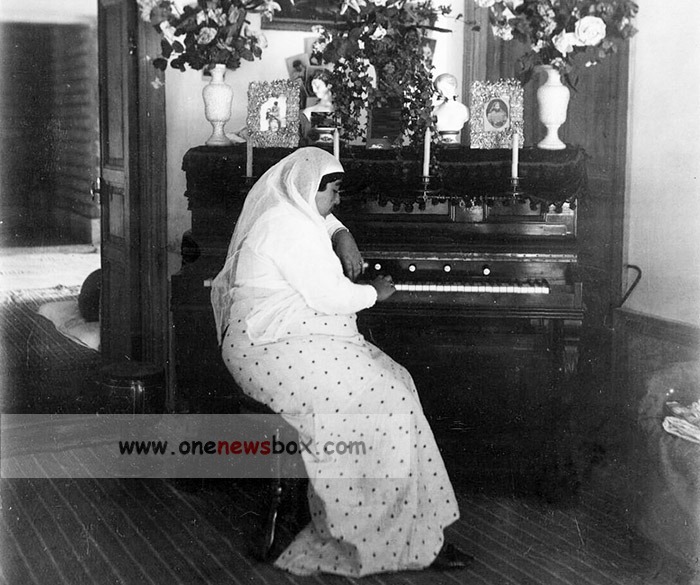In exchange for financial loans and military support, the Qajar government granted numerous economic concessions to foreigners, often angering merchants and intellectuals. One of the most infamous was the Tobacco Concession of 1890, which gave a British company control over the sale and distribution of tobacco. The concession triggered the Tobacco Protest (1891–92)—a nationwide movement supported by merchants, scholars, and clerics—which forced the Shah to cancel the deal.
In 1896, Naser al-Din Shah was assassinated by Mirza Reza Kermani, a radical follower of the political reformer Jamal al-Din al-Afghani, marking a turning point in the decline of the Qajar monarchy.
The Constitutional Revolution (1905–1911)
By the early 20th century, the Qajar dynasty was facing widespread opposition from the public. The monarchy had grown increasingly autocratic, inefficient, and beholden to foreign interests. Corruption and mismanagement plagued the government. In 1905, protests erupted in Tehran following the flogging of merchants and rising prices. These demonstrations soon evolved into the Constitutional Revolution—a landmark movement demanding a constitutional monarchy and the establishment of a Majles (parliament).
In 1906, Mozaffar al-Din Shah, under pressure, signed the Constitution of 1906, creating the first constitution history. It limited the powers of the Shah and established a modern legal and legislative system. However, his successor, Mohammad Ali Shah, attempted to dismantle the constitutional order by bombarding the parliament building with Russian support.

